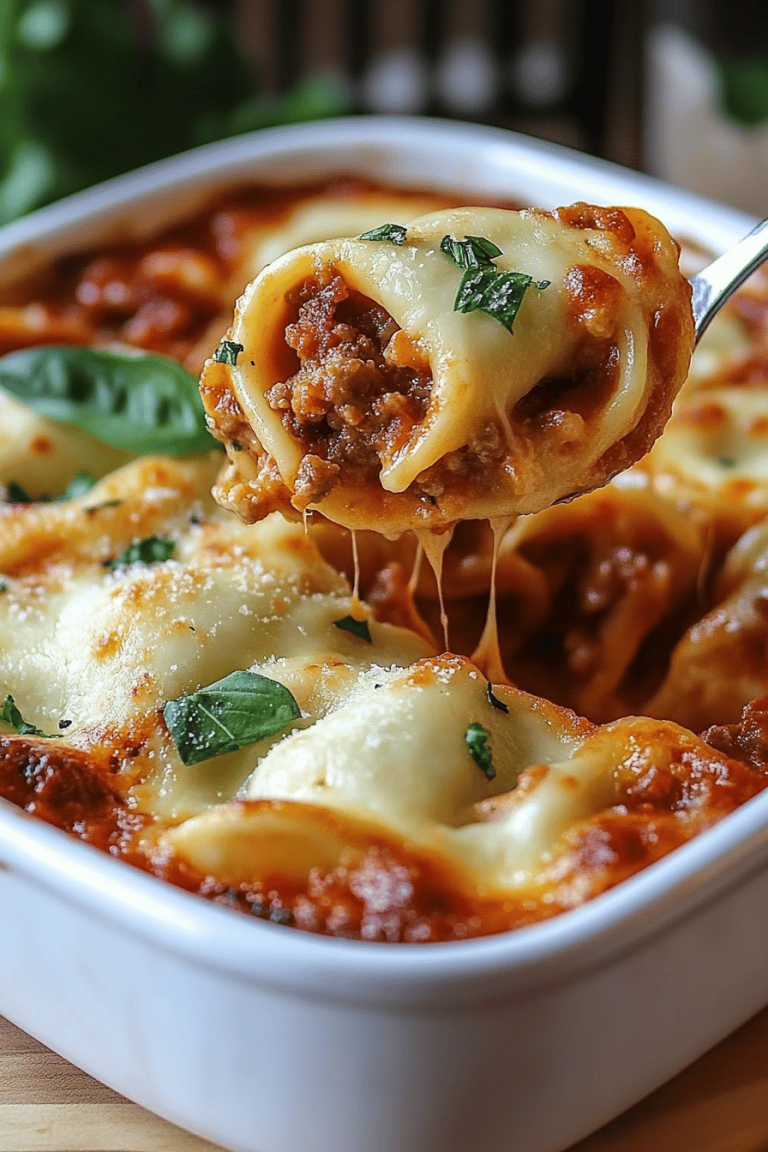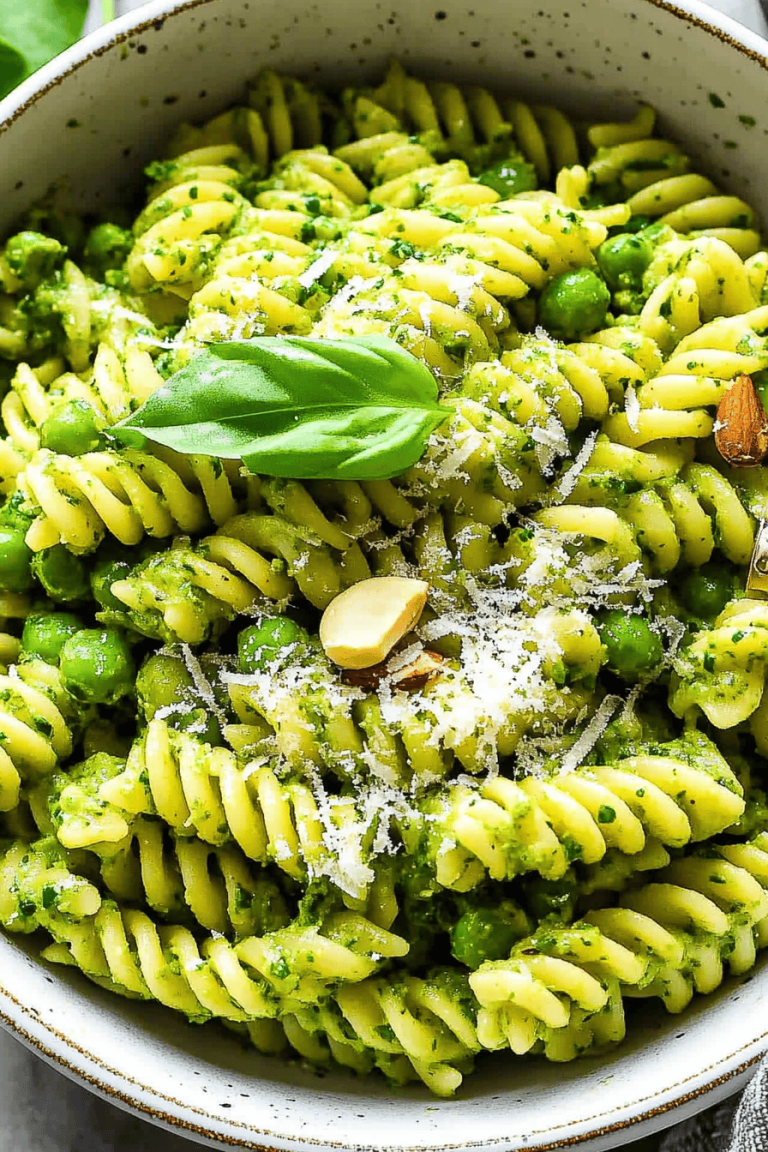Rainy afternoons used to mean curling up with a big bowl of something cozy. These days, I reach for something just as comforting: vegan Creamy mushroom ramen. It smells like roasted garlic, butter-soft mushrooms, and a whisper of sesame oil, all swirling into a silky broth that clings to every noodle. This isn’t a fancy restaurant dish—it’s the kind of recipe I scribbled on a napkin after a long day, and somehow it tastes better than the version I ordered in a far-away city. Think of it as the lovechild of a mushroom risotto and a ramen night: a dairy-free, deeply savory broth that turns ordinary pantry staples into a bowl of warmth. My kids actually beg for seconds, which is saying something for a weekday dinner. This one’s a lifesaver on busy nights, because you can get it on the table in under 30 minutes once you have your mise en place ready. The smell alone brings everyone to the kitchen. You’ll notice that the best part is how the creaminess comes from plant-based milk and a gentle roux, not from heavy cream—so it tastes luxurious without weighing you down.
What is vegan cream mushroom ramen?
Vegan Creamy Mushroom Ramen is essentially a cozy, weeknight-friendly bowl that takes classic Japanese ramen concepts and makes them dairy-free. Think of it as a velvety mushroom broth kissed with miso, a splash of nutty sesame, and a swirl of oat or almond milk for that comforting creaminess. It’s creamy, yes, but it’s also bright and slightly tangy from miso and soy. The name hints at its soul: a bowl where mushrooms steal the spotlight and noodle slopes soak up every last drop of rich, plant-based goodness. It’s not about fuss or tricks; it’s about balancing umami, salt, and a subtle sweetness to create a ramen that feels indulgent but is wonderfully approachable for home cooks. Think of this as your trusty, friendly recipe for a rainy-night dinner that still tastes like a hug in a bowl.
Why you’ll love this recipe?
What I love most about this vegan creamy mushroom ramen is how it delivers a full, comforting experience with real personality—and without dairy. The flavor is deep and layered: earthy mushrooms, toasted garlic, a touch of miso, and a creamy backdrop that’s surprisingly light. It’s not just about taste; this recipe is a lifesaver on busy nights. The noodles cook fast, the broth thickens just enough to cling to each strand, and you can stretch it with pantry staples when you’re low on produce. The beauty is in the versatility: swap mushrooms for shiitake or maitake, switch oat milk for cashew cream, or add a handful of greens for color and texture. What I love most about this is how forgiving it is—you can adjust salt, heat, and sweetness to suit what you’ve got in the fridge. It also doubles beautifully for lunch leftovers, developing even more depth as the flavors mingle. If you’ve got a craving for something savory, creamy, and utterly cozy, this ramen will be your go-to. It’s also a favorite because it’s weeknight-friendly: you can have a pot on the table before the kiddos start asking for a snack, and the aroma instantly wins everyone over.
How do I make vegan creamy mushroom ramen?
Quick Overview
In a hurry? this is your blueprint: sauté mushrooms until deeply browned, bloom garlic in a little oil, whisk in flour to make a light roux, then whisk in miso, vegetable broth, and your choice of plant milk to build a silky broth. Cook the noodles separately, then fold them into the pot with a generous pour of hot broth, plus greens and a few finishing toppings. The key is tasting as you go—bourbon-glazed mushrooms are not required, but a dash of soy, salt, and a little acid from rice vinegar or a squeeze of lime brightens everything beautifully. You’ll end up with a bowl that looks restaurant-worthy but feels like a hug from your own kitchen. The best part? cleanup is simple, and you can stretch this with leftover veggies or a splash of extra mushroom butter for extra richness.
Ingredients
For the Main Broth (the Broth Base, a.k.a. the Main Batter in our playful template):
- 2 tablespoons olive oil or neutral oil
- 3 cups cremini or button mushrooms, sliced
- 3 cloves garlic, minced
- 1 tablespoon all-purpose flour (optional, for extra body)
- 2 tablespoons white miso paste (or light miso)
- 4 cups vegetable broth, preferably low-sodium
- 1 cup unsweetened almond milk or oat milk
- 2 tablespoons gluten-free tamari or soy sauce
- 1 teaspoon maple syrup or a touch of sugar (optional, to balance the miso)
- 1 teaspoon white pepper or black pepper
- 2 handfuls fresh spinach or kale (optional, for color)
For the Filling (the toppings and add-ins):
- 200–250 grams ramen noodles or any fresh noodles you love
- 1 tablespoon sesame oil, for finishing
- 1 cup sliced mushrooms (more for a mushroom-forward bowl)
- 2 scallions, thinly sliced
- 1 sheet nori, torn into small squares
- 1 tablespoon toasted sesame seeds
- A handful baby spinach or greens, to wilt just before serving
- Chili oil or chili crisp, to taste (optional)
For the Glaze (a finishing touch that adds depth):
- 1 tablespoon white miso
- 1 teaspoon rice vinegar
- 1 teaspoon maple syrup or agave
- 1–2 tablespoons warm water to reach drizzle consistency
Step-by-Step Instructions
Step 1: Preheat & Prep Pan
Set a large heavy-bottomed pot on medium heat. Let it warm while you thinly slice the mushrooms and mince the garlic. I always tell myself to be organized here—mushrooms first, garlic second—so nothing scorches as the pan heats up. If you’re using wet mushroom caps, pat them dry now; the browning happens better when the surface isn’t damp. You’ll know you’re ready when you hear that soft sizzle as the mushrooms hit the pan, and the kitchen smells like a cozy café.
Step 2: Mix Dry Ingredients
In a small bowl, whisk the miso with a little of the hot broth to dissolve it smoothly. This keeps the miso from clumping and helps the broth stay glossy. If you’re using flour to enrich the texture, whisk it with a splash of plant milk to make a smooth slurry. The goal is a subtle, velvety body that doesn’t taste floury.
Step 3: Mix Wet Ingredients
In another pot, heat the remaining broth with the plant milk until it’s steaming but not boiling. This helps the creaminess blend smoothly into the broth. Taste at this stage and balance with tamari and a touch more maple if you like a hint of sweetness to round out the miso’s saltiness. A small splash of rice vinegar at the end can brighten everything without making it sharp.
Step 4: Combine
Pour the mushroom mix into the hot broth, stirring gently. If you used a roux, let it dissolve into the liquid until the broth thickens a touch. Don’t overdo it—you want a silky, spoon-coating consistency, not a heavy sauce. If the broth seems too thick, splash in a little more broth or plant milk. If it’s too thin, simmer a couple of minutes longer to reduce naturally.
Step 5: Prepare Filling
While the broth thickens, get your toppings ready. Sauté additional mushrooms until they’re deeply browned and their edges crisp. This step adds a lot of depth—don’t skip it. Slice scallions thinly and prep the greens. If you’re using nori, break it into small bites so it distributes nicely in each bite rather than clumping in a corner. The sesame seeds bring a toasty note that I adore in every bite.
Step 6: Layer & Swirl
Cook the noodles in salted water until just al dente, then drain. Toss them briefly in a little sesame oil to prevent sticking. Return your broth to a gentle simmer and swirl in the glaze mixture for a glossy, slightly umami finish. When serving, ladle the broth over the noodles, then arrange mushrooms, greens, scallions, and nori on top. If you like a pretty pattern, layer the greens first, then mushrooms, and finish with a drizzle of glaze and a kiss of chili oil.
Step 7: Bake
Not needed here for stovetop ramen, but if you’re baking a mushroom topping or a crunchy element to go with the broth, aim for 375°F (190°C) and monitor closely. In this recipe, the oven isn’t the star—the pot simmering on the stove is. If you choose to toast sesame seeds in a dry pan for extra aroma, that’s a nice routine to add before you serve.
Step 8: Cool & Glaze
Glazing is all about timing. If you want a shiny finish in the bowl, drizzle the glaze over the top just as you’re about to serve. It adds a kiss of miso-sweetness and a silky sheen that looks gorgeous in photos and tastes even better in your mouth. Let the glaze sit for about a minute before you dive in, so the flavors mingle with the broth.
Step 9: Slice & Serve
Keep the noodles separate from the broth for a minute if you’re preparing ahead, then combine when ready to eat. A gentle swirl of the noodles in the bowl helps keep the broth from pooling on top; this way every bite gets a mix of broth, noodles, and toppings. Serve hot, with extra chopped scallions and sesame seeds for color and texture. The first spoonful should be creamy, umami-rich, and just a touch salty—the way comfort food should feel on a chilly evening.
What to Serve It With
This vegan creamy mushroom ramen is a meal in itself, but there are a few little sides and accompaniments that turn it into a complete dinner party in your kitchen.
For Breakfast: A lighter, savory start works nicely if you’re in a brunch mood. Consider a quick cucumber-mint salad and a small omelet-style tofu scramble on the side. A tiny bowl of miso soup with wakame can wake up your palate and pair beautifully with the ramen’s mushroom notes.
For Brunch: A citrusy pickled radish or ginger cucumber salad adds brightness. Serve with a hot cup of green tea or a chilled sparkling water with lime. The contrast in textures and temperature makes the meal feel special yet simple.
As Dessert: This isn’t a dessert, of course, but a playful after-dish idea is a lightly sweet sesame-tavored mochi or a small dish of sesame-ginger Ice Cream to finish a long, cozy meal if you’re feeling playful.
For Cozy Snacks: Use leftover broth as a base for a quick noodle soup the next day. Add a handful of spinach, a splash more plant milk, and a few greens for a fresh bowl that’s ready in minutes. It’s a wonderful way to stretch your groceries and keep things warm when friends drop by unannounced.
In our family, this ramen often turns into a little ritual: we stand around the stove while the broth thickens, everyone noses in for a whiff, and then we sit down to a table clattering with chopsticks and laughter. It’s a memory I return to whenever I need a little comfort. The combination of mushroom aroma, miso kiss, and creamy milk feels like a big, warm hug that tastes as good as it makes you feel.
Top Tips for Perfecting Your Vegan Creamy Mushroom Ramen
Here are my favorite, field-tested tips to get it just right every single time.
Mushroom Prep: Start with dry mushrooms and a hot pan. The pan should be screaming hot but not smoking; you want a deep brown on the mushrooms without burning them. Pat them dry to promote browning, then sear in batches to avoid steaming. The more you brown them, the more the earthy, nutty notes wake up the broth.
Mixing Advice: Don’t rush the roux or the miso. A gentle whisk helps the flour (if you use it) and miso dissolve without lumps. If you skip the roux, your broth will be lighter, but it can still be delicious; you’ll miss some body, so add a few more tablespoons of plant milk or a tiny amount of cashew cream if you have it.
Swirl Customization: The glaze is optional but worth it if you love a glossy finish. A little miso combined with rice vinegar and a touch of maple gives a sweet-salty edge that makes the top sing. If you like heat, finish with a few drops of chili oil or a sprinkle of togarashi for color and kick.
Ingredient Swaps: You can swap cremini for shiitake or maitake for deeper mushroom flavor. Use gluten-free noodles if needed, and swap oat milk for almond or cashew if you prefer a richer mouthfeel. If you’re dairy-free, coconut cream can be a luxurious alternative to nut milks, but start with a smaller amount to avoid overpowering the mushroom notes.
Baking Tips: Not necessary here, but I sometimes toast sesame seeds or nuts in a dry skillet until fragrant. It adds a nutty crunch on top that contrasts beautifully with the creamy broth.
Glaze Variations: If you’re not a fan of miso, a simple drizzle of soy-sauce reduction with a touch of maple and rice vinegar can mimic the glaze’s depth. For a more delicate finish, whisk in a few drops of lemon or lime juice right at the end to brighten the dish.
Lessons learned: I once dumped a whole block of miso into the pot and ended up with a salt storm. Since then, I dissolve miso in hot broth first, then whisk it in. It gives me flexibility to finish with a gentle balance of flavors, never one-note salty. This patience pays off in the final texture—silky, not gummy, with the mushroom flavor shining through.
Storing and Reheating Tips
Leftover vegan creamy mushroom ramen stores surprisingly well, and it’s even better the next day as the flavors meld. Here’s how I handle it at my house.
Room Temperature: If you’re keeping it for a few hours, let it cool to room temperature and refrigerate promptly. Don’t leave dairy-free broth out for more than two hours to preserve flavor and safety.
Refrigerator Storage: In an airtight container, the broth and noodles will keep for 3–4 days. Keep the noodles separate from the broth if you can; this helps preserve the texture so you don’t end up with soggy noodles when you reheat.
Freezer Instructions: This one is not ideal for freezing the full bowl, since dairy-free milks can separate a bit after thawing. If you must, freeze the broth (without noodles) for up to 1 month. Thaw in the fridge overnight, reheat gently, and add fresh noodles or cooked greens to revive texture.
Glaze Timing Advice: Don’t glaze the entire batch if you’re storing; glaze can separate on reheating. It’s best applied fresh just before serving. If you’re reheating, give the broth a gentle stir and add a small splash of plant milk to restore silkiness, then add the glaze as a finishing touch when you plate it.
In my kitchen, I always test reheated bowls with a quick taste and a dash of tamari or lime to refresh the balance. If you want a truly luxurious leftover, cook an extra batch of noodles to toss in later—they’ll stay springy if you rinse them with cold water after cooking and toss them with a tiny bit of sesame oil.
Frequently Asked Questions
Final Thoughts
I’ve cooked this creamy mushroom ramen a hundred times, and it never fails to disappoint in a good way. It’s the kind of dish that invites you to slow down, savor the aroma, and let the noodles carry you to a cozy corner of your kitchen. The joy is in the details—the browning of the mushrooms, the way miso loosens into the broth, the silky texture from the plant milk, and the little crunch from sesame seeds. It’s not flashy, but it’s reliably comforting, and that’s what I reach for on weeknights or when a friend pops by and asks for a hot bowl. If you try one variation, I’d love to hear how your family tweaks it—maybe swap the greens, add corn for sweetness, or swap jalapeño for a milder chili. Happy cooking, and may your bowls be warm and your smiles even warmer. Can’t wait to hear how yours turns out!







